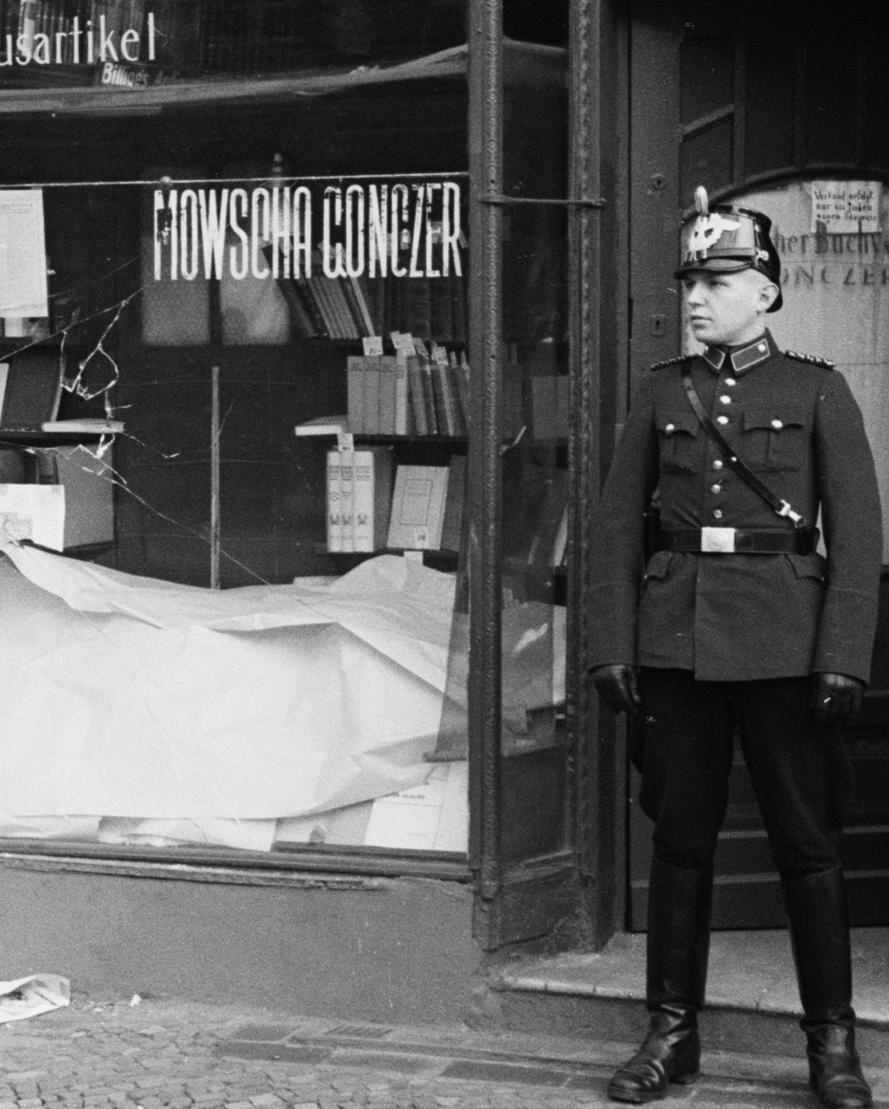
This case was chosen to demonstrate the development of the persecution of Jews in Germany in the "fateful year" of 1938. The Nazi regime employed a mixture of violence and bureaucratic measures to accelerate the process of persecution and drive the Jews out of Germany. Furthermore, this example shows the scope that officials had for action.
Hunting political enemies
In Nazi Germany the police forces, which had had a federal structure under the Weimar Republic, were gradually centralized and merged with the SS. At the same time the role of the policemen began to change. As early as February 1933, the Nazis called upon the police to "ruthlessly" put down any opposition to the new state. Until 1933, the police had been there to enforce law and order but they were now asked to hunt down political enemies and exempt certain citizens – i.e. Jews and so-called Gypsies – from their protection.
Assistance in deportations
In May 1938 the radical Police Chief of Berlin, Count Wolf-Heinrich von Helldorf, went a step further still and decreed a programme of active harassment of the Jews in the German capital. In June 1938 he then ordered his men do nothing to stop the race riots raging on Berlin’s streets. This order was repeated by the Gestapo in November 1938 in the wake of the pogrom often referred to as Crystal Night. Instead of stopping racially-motivated mass violence and murder, the policemen were asked to arrest thousands of Jewish citizens. The arrested were deported to one of the three concentration camps in existence in 1938. There they were severely mistreated but most of them were released – if they could prove that they would emigrate.
Policemen as murderers
By 1941 German policemen not only guarded ghettos and deportation trains but also took direct part in the mass shootings in Eastern Europe. In his aptly titled study Ordinary men. Reserve Police Battalion 101 and the Final Solution in Poland, the American historian Christopher Browning showed that most policemen in the special units took part in murder out of a combination of carelessness, peer pressure, obedience and greed, not the fear of punishment. Most German policemen continued their career after 1945.














